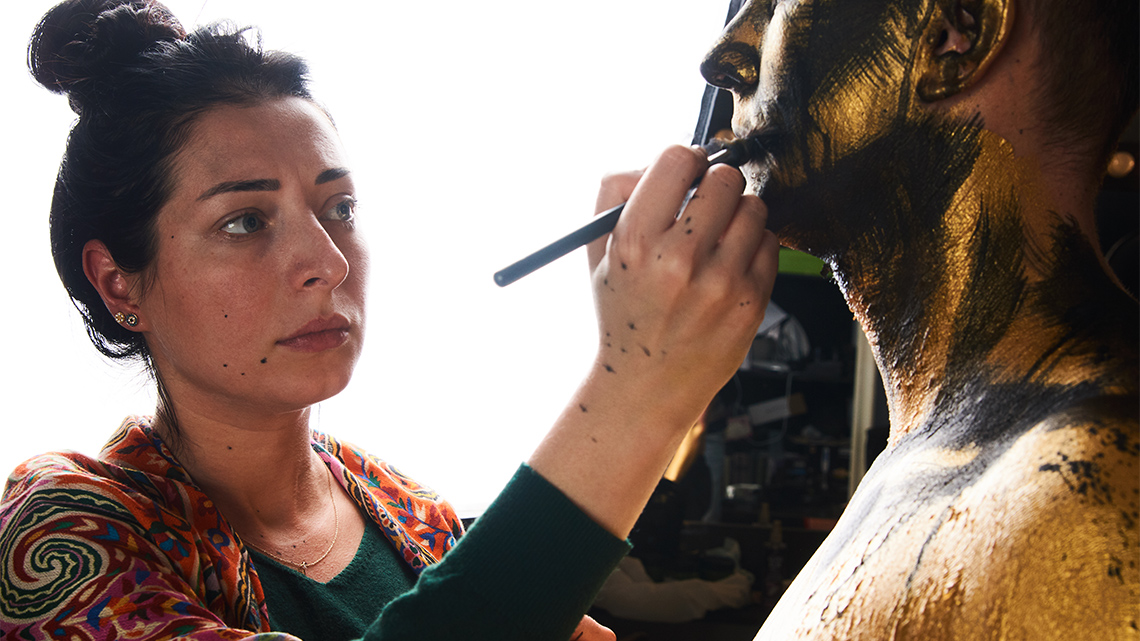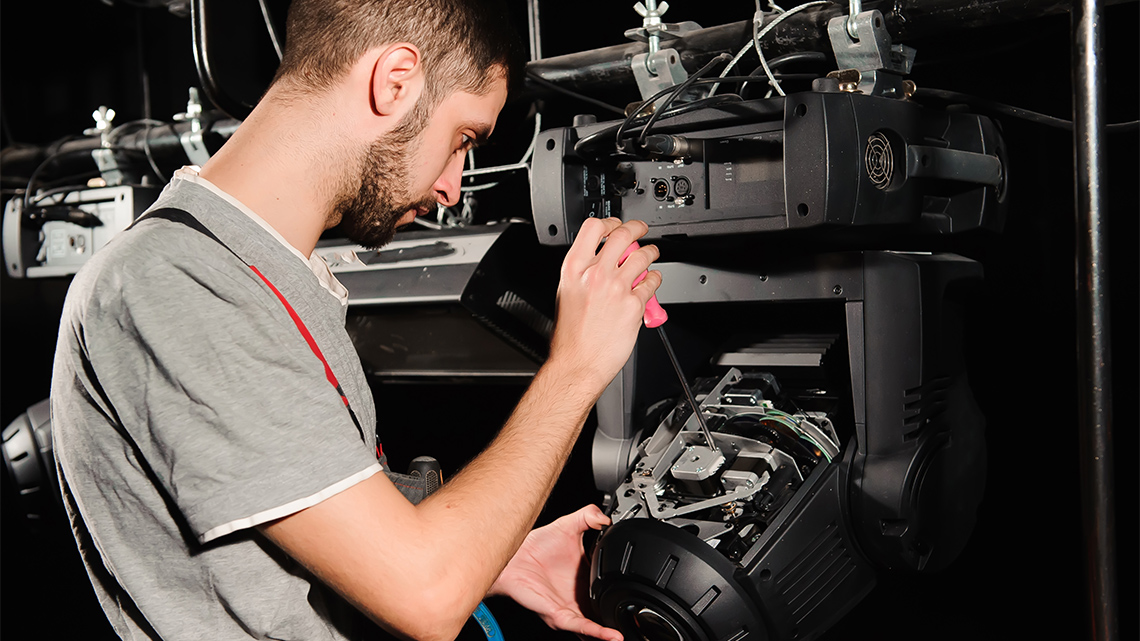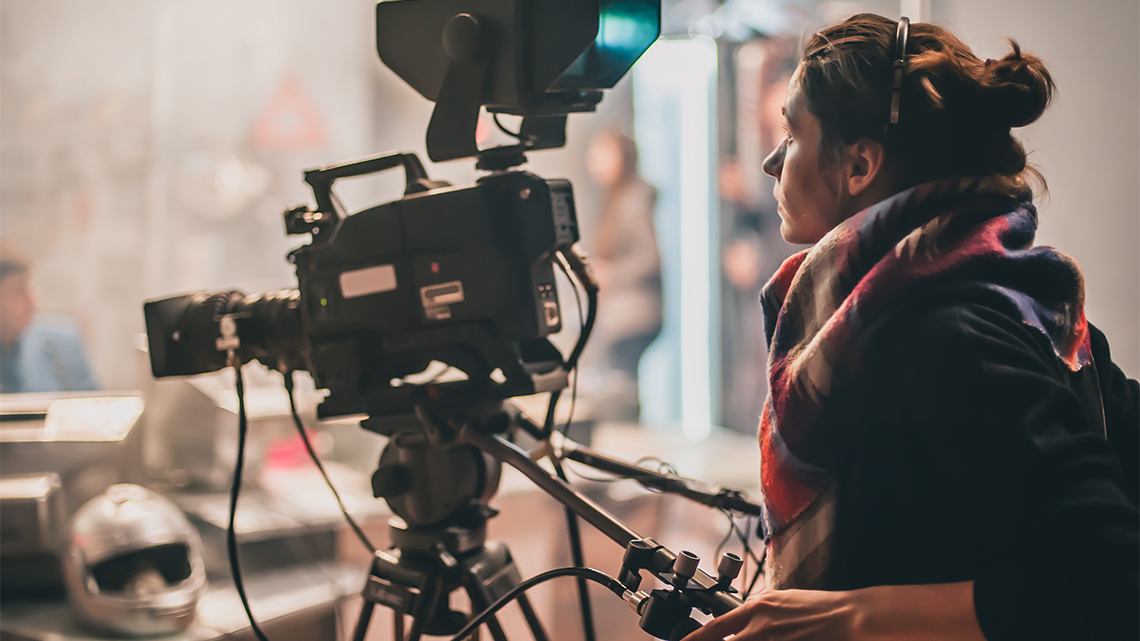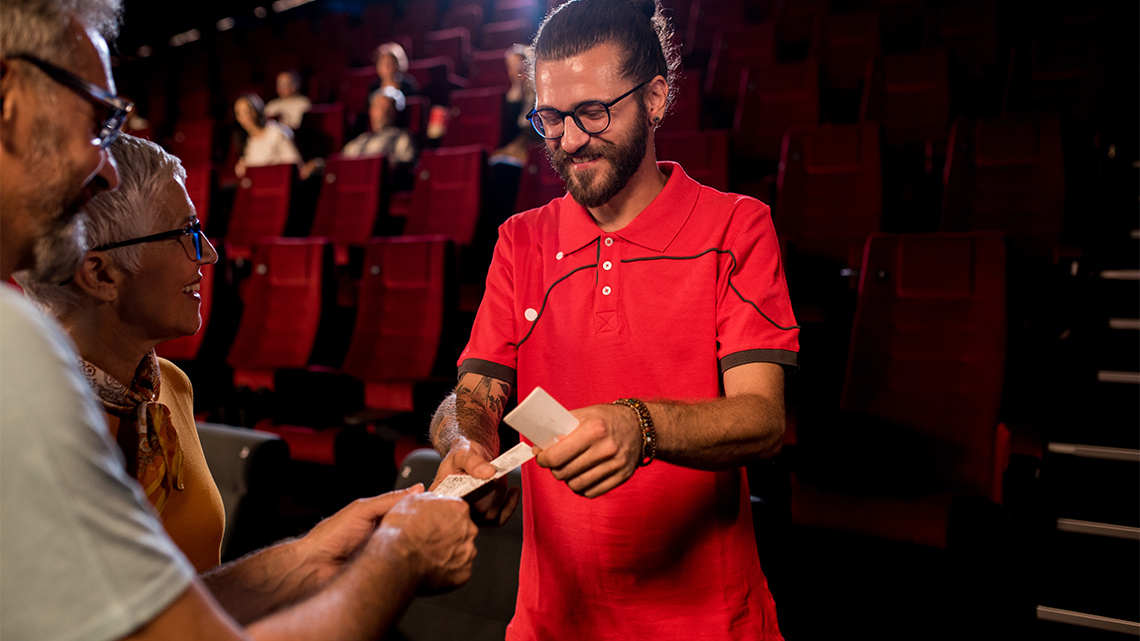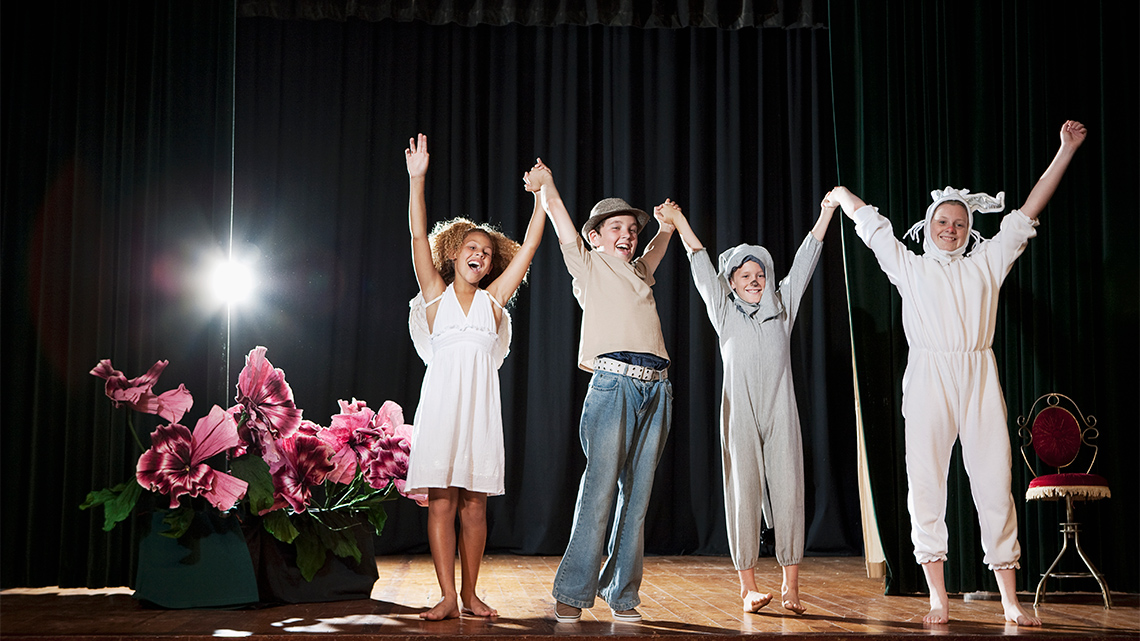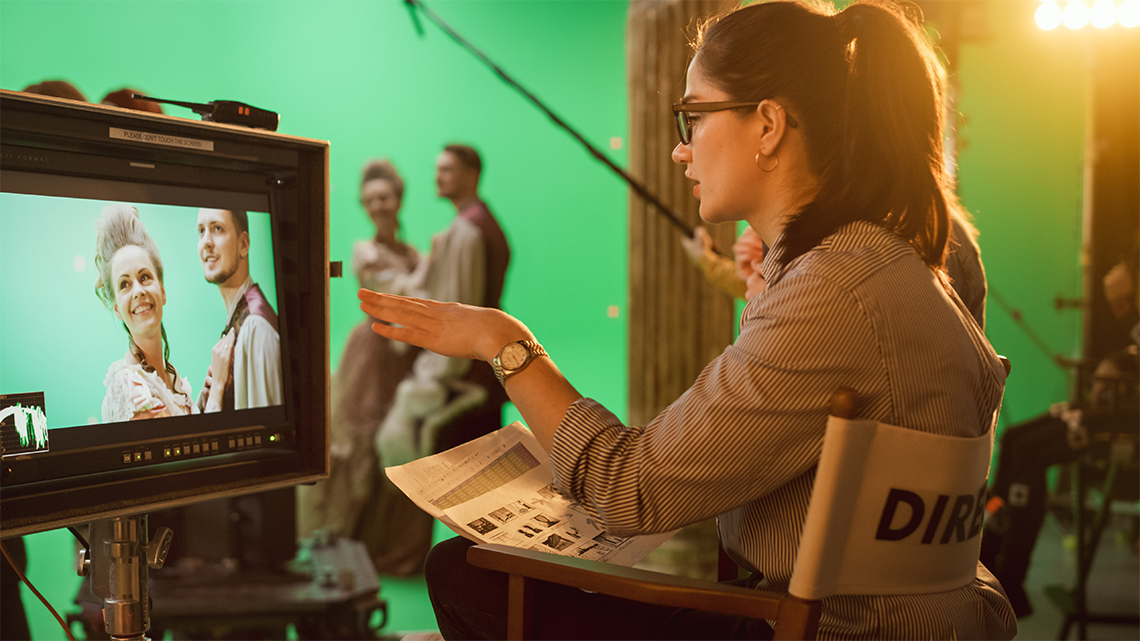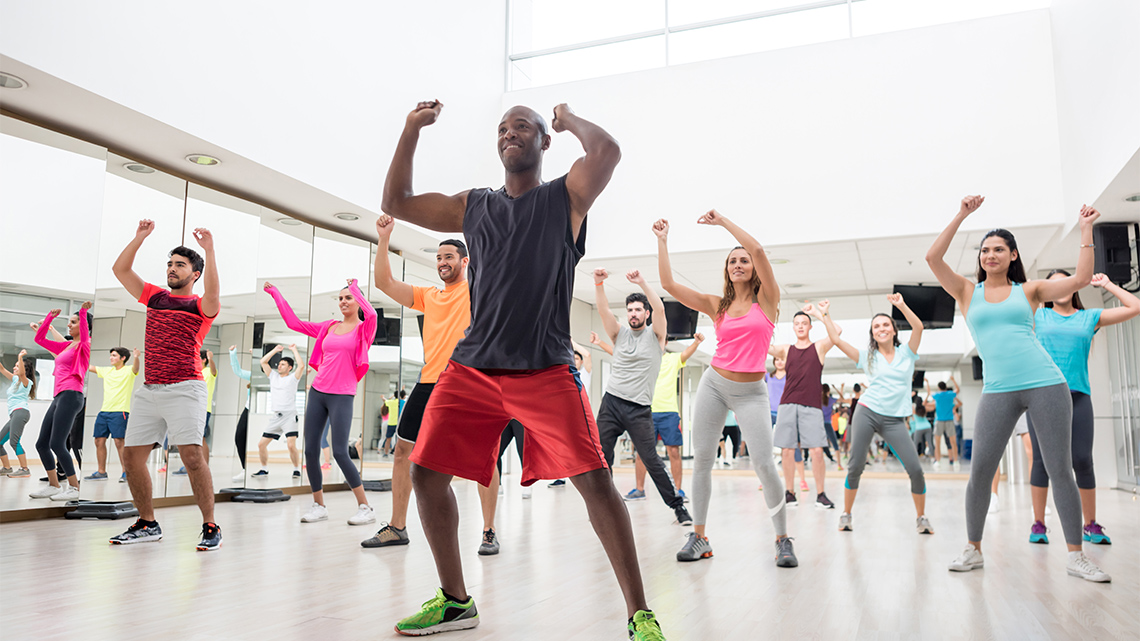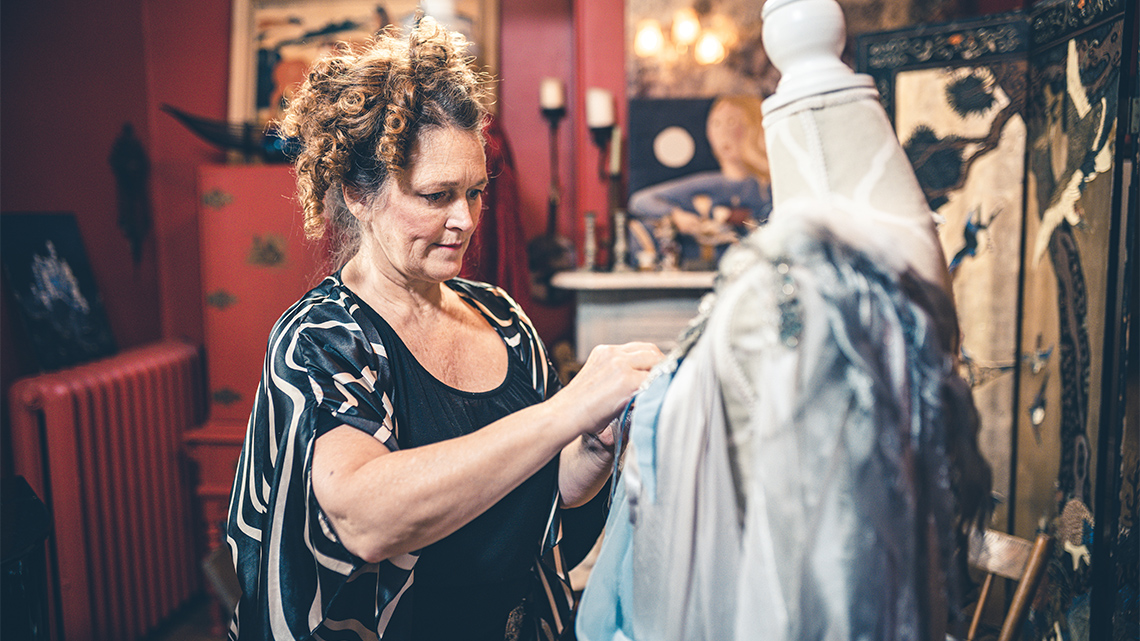Minds On
Warm up
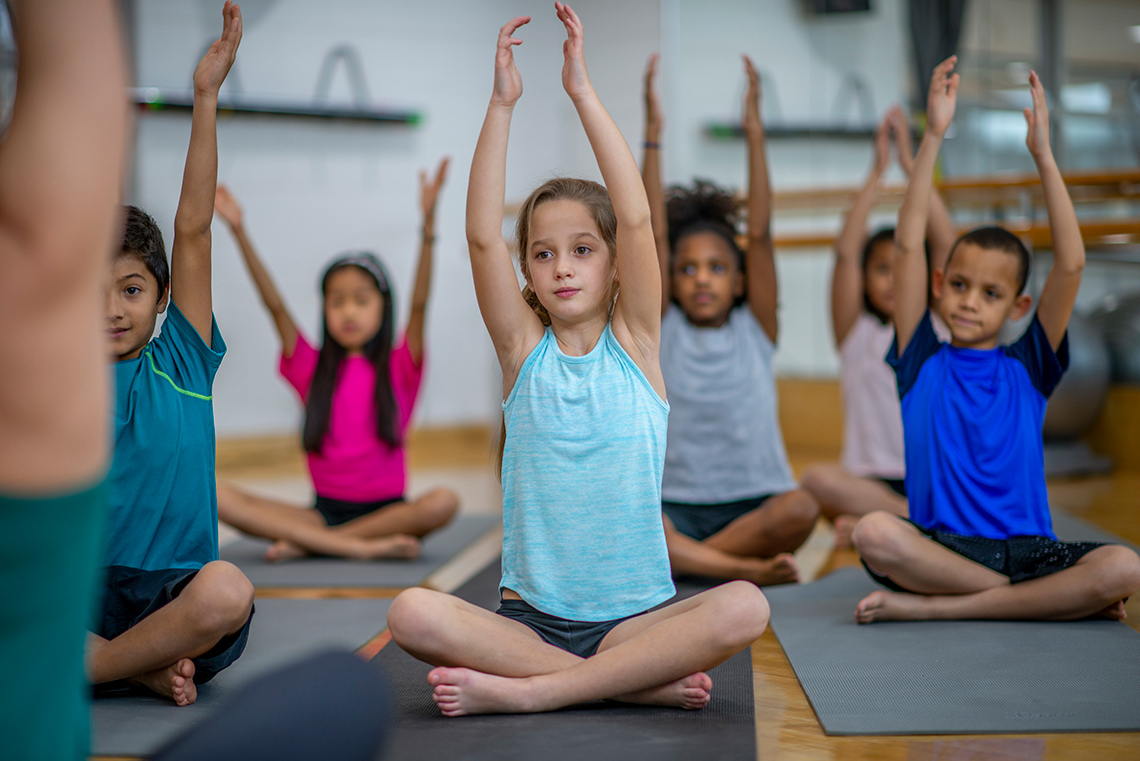
Don't forget to do your safety check!
Warm Up
Breathe in and out
For our warm-up activity, access this audio clip entitled “Breathing Activity” to learn more about taking deep breaths.
Breathing Activity
Find a comfortable position. Focus your attention on one part of the body at a time.
How does that part of your body feel? If possible, take a deep breath and allow your lungs to expand.
Now, focus your attention on one part of your body. Allow that part to relax before moving on to the next.
As you scan through your body, keep breathing deeply.
Once you have completed the scan, take a moment to stretch.
Drama game
Let's start off with a word association game!
You will be given three words. Then, try to think of a story using those three words. Respond with the first thing you think of!
For example: apple, school, and playground.
A possible response: When I got to school, I discovered that the entire playground was filled with green and red apples.
Explore this audio clip entitled ”Word Association 1” for the first set of words.
The three words are: car, balloons, and present.
Word Association 1
Good job!
Let's try again with the next audio clip entitled ”Word Association 2” for the next set of words.
The three words are: backpack, chalk, and sidewalk.
Word Association 2
Roles
Explore the following images:
Brainstorm
What do you think?
After exploring the images, reflect on the following:
- What types of jobs do you notice people are doing in the images we explored?
- Why might these jobs be important?
- All of the people in the images and descriptions are working towards a common goal. What do you think that might be?
Record your ideas in a notebook or another method of your choice.
Action
Get ready, get set…
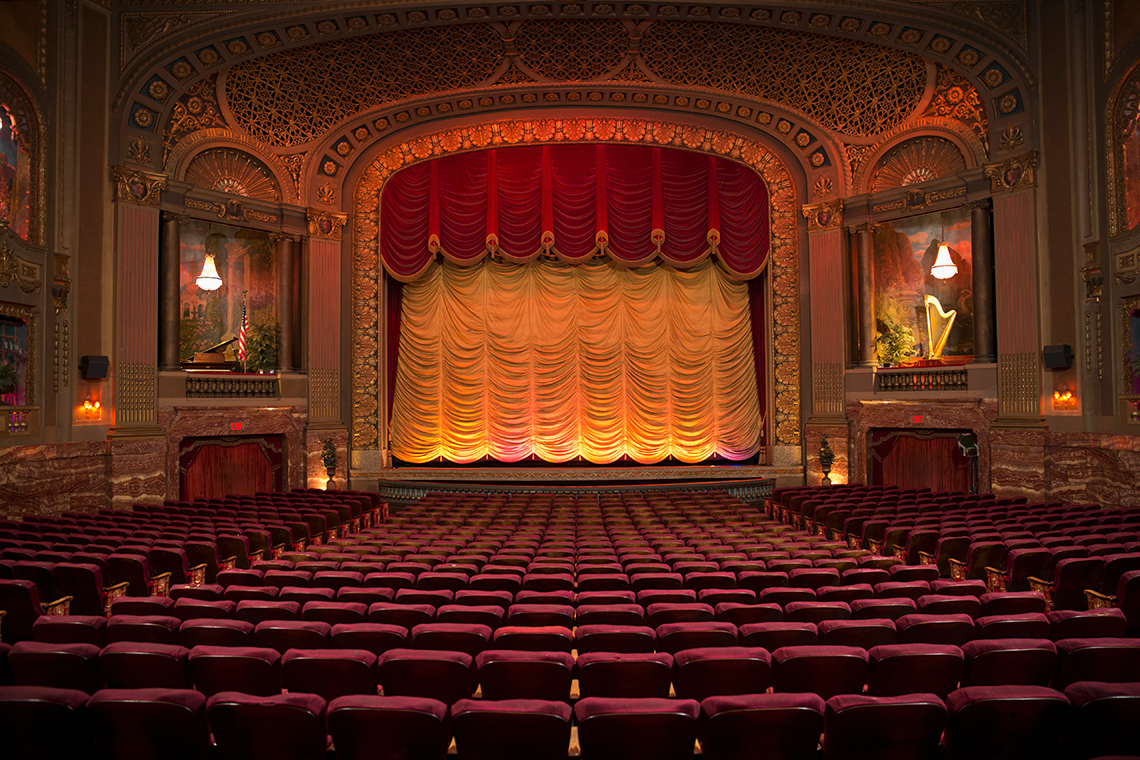
Theatre
Consider the following prompt:
Why is theatre important to a community?
Then, let's think about how we could complete the following sentence:
A theatre is an important part of the community because…
Share your sentence with a partner, if possible.
Press 'Let's Check!' to access possible responses.
A theatre is an important part of the community because it is a hub where many different people come together. There are many different people who support a theatre company or production studio. A theatre sets up a system where money is exchanged for goods. It also provides a place where community members can come to learn, be entertained, or make connections with others.
Go!
Theatre roles

Press the following tabs to access different theatre roles.

Actors…
- review the script and make notes about their character
- recognize relationships that exist between their character and other characters and work with other actors
- work with a director, choreographer, set designer and other members of the crew to develop their role in the production

The lighting operator…
- designs the lighting needed for the performance
- understands health and safety procedures and protocols
- adds notes to the scripts to show where lighting will change
- participates in rehearsals

The scenic designer…
- brainstorms design ideas
- builds scale models of sets
- researches to make sure that the set design fits with the setting of the play (e.g., historical time period, theme, etc.)
- creates the set within the provided budget

The choreographer…
- reviews the script and makes notes on areas where choreography is required
- creates dance/movement routines and transitions that work with the music and lyrics of a production or performance
- works together with cast members to make sure that everyone learns the choreography

The costume designer…
- reviews the script and makes notes on areas where costumes are required
- researches the time period and setting of the play, and matches the fashion from the different time periods and places
- designs costumes for each character in the production
- works together with the director to understand the theme and focus of the production

The camera operator…
- works in the television, music, and film industry
- uses lots of different types of equipment (e.g., single and/or multiple electronic and remote-control cameras, cranes, etc.) to record scenes in a production
- assembles and sets up camera equipment
- plans and prepares for scenes
- follows camera scripts and works with the lighting and sound designers

The sound engineer…
- creates a variety of sound effects to enhance the drama performance
- selects, edits, and remixes music
- works with a composer to create an original soundtrack or work with live musicians to create music to accompany the performance
- helps to make sure the sound is accessible to the audience, tests the acoustics of a theatre, and sets up mics for the performers

The playwrights and content creators…
- create plays, research, gather information, write drafts, create a final script
- create a synopsis and character list
- research and gather data
- work with publishers, directors, and producers
- revise and edit the play/script if necessary
The artistic director…
- reads and selects scripts for new shows
- hires a variety of staff members to work in the theatre company. This might include directors, actors, stage managers, light designers, sound designers, etc.
- discusses the budget of the theatre and funding with the executive director
- directs shows and productions
- represents the theatre at different events in the community
- reflects on the overall direction and vision of the theatre company
Pause and Reflect
Pause and reflect
- Which careers are related to theatre but do not involve acting?
- Which role are you interested in learning more about?
Record your ideas in a notebook or another method of your choice.
Consolidation
Behind the scenes
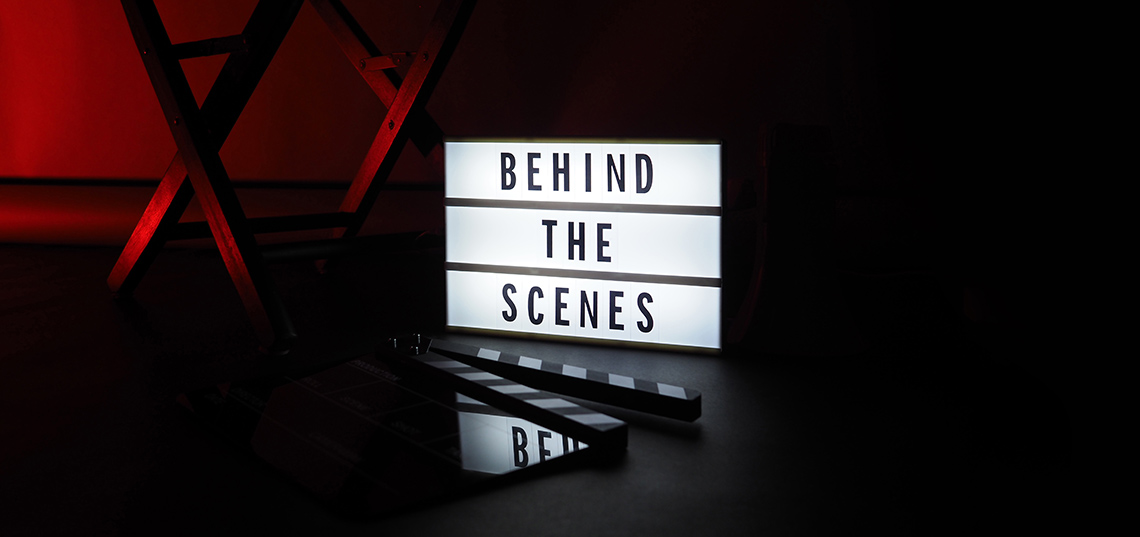
Press the following tabs to explore more roles in the theatre industry.
Access this video entitled ”Working In The Theatre: Scenic Design“ to learn more about a scenic designer's role.
Explore this video entitled ”Working In The Theatre: Wardrobe“ to learn more about a costume designer's role.
Check out this video entitled ”Sound Engineer“ to learn more about a sound engineer's role.
Portfolio
Interview questions
Imagine you were continuing the interview with one of the explored theatre roles (sound engineer, costume designer, or scenic designer).
You may also choose to interview another theatre role we explored throughout this learning activity.
Develop your questions and record them in a mind map or another method of your choice.
Press 'Let's Check!' to access sample questions.
Check out the following sample interview questions:
- What would you like to know about their role in a drama production?
- What would you like to know specifically about how they entered their profession?
Complete the Interview Questions Mind Map Activity in your notebook or using the following fillable and printable document. If you would like, you can use speech-to-text or audio recording tools to record your thoughts.
Consider adding your work to your drama portfolio.

Press the ‘Activity’ button to access Interview Questions Mind Map Activity.

Try It
Your turn!
Interviewers deliver and present their questions to an interviewee.
In this case, imagine that you are in the role of an interviewer.
Explore this video entitled “Body, Face, and Voice” to learn more about how actors use body movement, facial expressions, and vocal cues to convey emotion.
After exploring the video, practise delivering your questions using they body, face, and voice strategies to a partner, if possible.
If possible, ask for feedback or create a recording to self-asses your interview.
Consider adding your work to your drama portfolio.
Have fun!
Connections
Connections
Consider the following question:
If you could explore one of these professions, what would you choose and why?
Record your response in a notebook or another method of your choice.
Reflection
As you read through these descriptions, which sentence best describes how you are feeling about your understanding of this learning activity? Press the button that is beside this sentence.
I feel…
Now, record your ideas using a voice recorder, speech-to-text, or writing tool.
Press ‘Discover More' to extend your skills.
Discover MoreLet's continue our exploration with theatre, by researching nearby theatre companies in our own community.
What kinds of plays or productions are they presenting?
